Archives
- 2025-11
- 2025-10
- 2025-09
- 2025-03
- 2025-02
- 2025-01
- 2024-12
- 2024-11
- 2024-10
- 2024-09
- 2024-08
- 2024-07
- 2024-06
- 2024-05
- 2024-04
- 2024-03
- 2024-02
- 2024-01
- 2023-12
- 2023-11
- 2023-10
- 2023-09
- 2023-08
- 2023-07
- 2023-06
- 2023-05
- 2023-04
- 2023-03
- 2023-02
- 2023-01
- 2022-12
- 2022-11
- 2022-10
- 2022-09
- 2022-08
- 2022-07
- 2022-06
- 2022-05
- 2022-04
- 2022-03
- 2022-02
- 2022-01
- 2021-12
- 2021-11
- 2021-10
- 2021-09
- 2021-08
- 2021-07
- 2021-06
- 2021-05
- 2021-04
- 2021-03
- 2021-02
- 2021-01
- 2020-12
- 2020-11
- 2020-10
- 2020-09
- 2020-08
- 2020-07
- 2020-06
- 2020-05
- 2020-04
- 2020-03
- 2020-02
- 2020-01
- 2019-12
- 2019-11
- 2019-10
- 2019-09
- 2019-08
- 2019-07
- 2019-06
- 2018-07
-
Treatment with probiotics can also be used to alter
2022-01-10
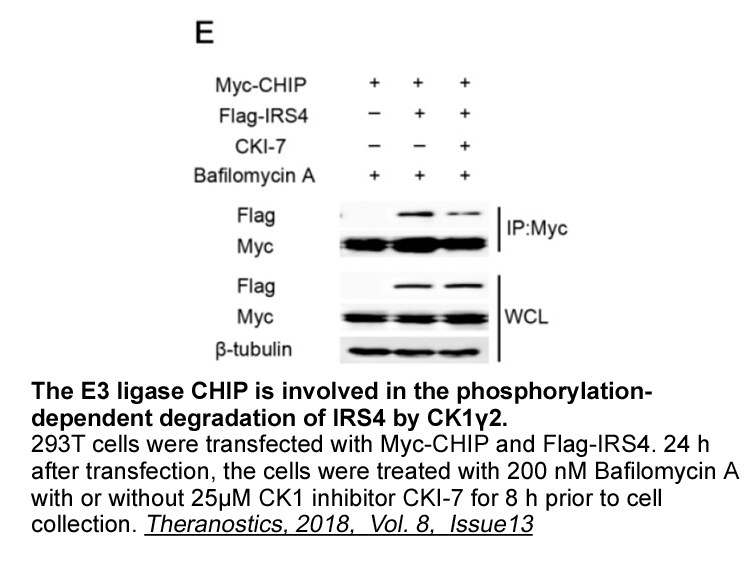
Treatment with probiotics can also be used to alter the microbiota profile of CF patients. One study reports that administration of the probiotic Lactobacillus Reuteri improved digestive health and inflammation [112]. The fecal microbial profile changed, showing a decrease in Proteobacteria and an i
-
Adenosine triphosphatase ATP is a signaling molecule
2022-01-10

Adenosine triphosphatase (ATP) is a signaling molecule in acute pain and chronic pain(Burnstock, 2009, Burnstock, 2013, Burnstock, 2014, Chizh and Illes, 2001). It is also known that presynaptic A1 receptors are involved in the inhibition of transmitter release (Vizi and Knoll, 1976). Extracellular
-
Tivantinib br MUTYH associated polyposis br
2022-01-10
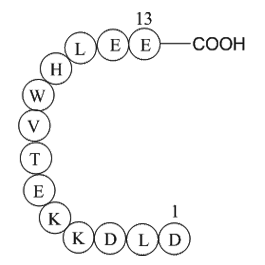
MUTYH-associated polyposis MUTYH and its metal cofactors MUTYH harbors two vital cofactors, both of which are located remotely from the active site (Fig. 6). One of these cofactors, a [4Fe-4S]2+(Fe-S) cluster, is chelated by four Cys residues in the N-terminal domain, and positions an Fe-S cl
-
Previous studies have demonstrated that cannabinoid potentia
2022-01-07
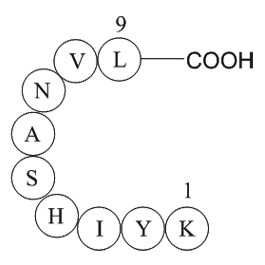
Previous studies have demonstrated that cannabinoid potentiation of GlyR α3 subunits contributes to cannabinoid-induced analgesia. For instance, Dehydroxylcannabidiol (DH-CBD), a chemically modified cannabinoid, can alleviate acute pain and chronic inflammatory pain by targeting spinal α3 GlyRs (Xio
-
FFAR is highly expressed not
2022-01-07
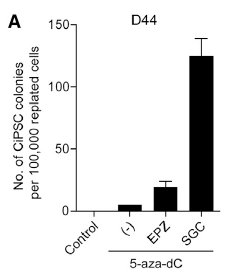
FFAR1 is highly expressed not only in β cells but also in α CFTRinh-172 (Segerstolpe et al., 2016), which gives the interesting perspective that 20-HETE may function both as an autocrine and as a paracrine regulator of islet cell function (Figure 1A), i.e., acting in symphony with the many other in
-
In accordance with its similarity to
2022-01-07
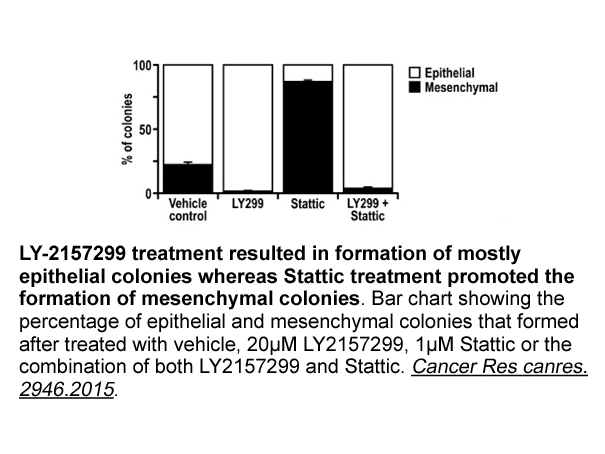
In accordance with its similarity to classical NLSs, Importin α3 was recently reported as a nuclear transport receptor for Ci (). We therefore superimposed the Gli1 NLS model with the Importin α2 structure (3EFX), which has a structure similar to Drosophila Importin α3 () (Fig. 4.4B). Gli1 NLS fitte
-
br Acknowledgments The authors would like to thank
2022-01-07
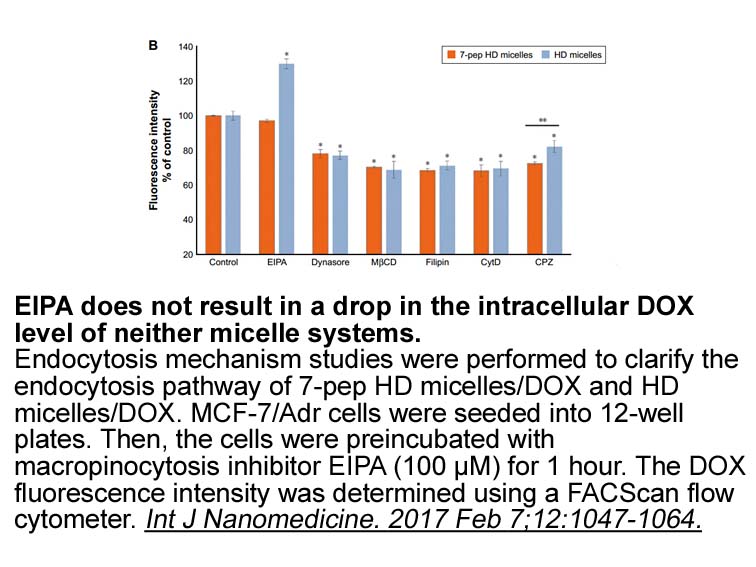
Acknowledgments The authors would like to thank principal investigator Edward John Pratt, MD (Lilly-NUS Centre for Clinical Pharmacology, Singapore) and study investigator Martha Hernandez-Illas MD (QPS-MRA) along with site staff, and trial participants and their families. We thank Zvonko Milicev
-
Evidence suggests that phosphorylation increases synaptotagm
2022-01-07
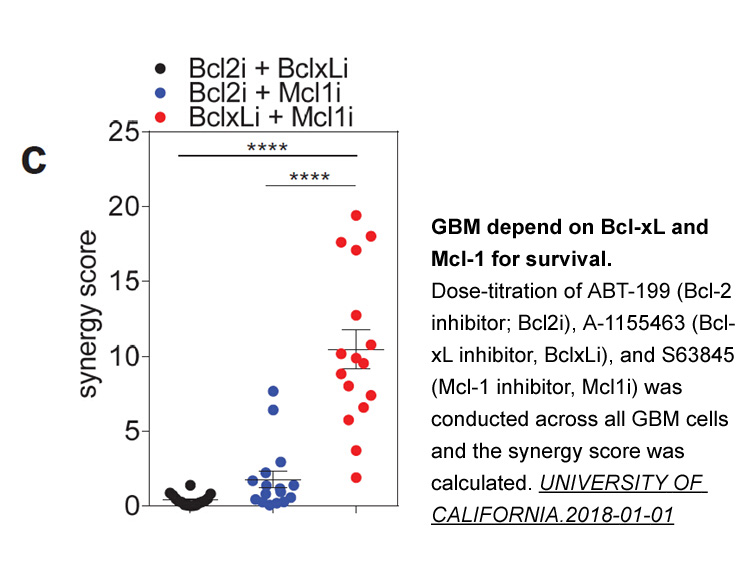
Evidence suggests that phosphorylation increases synaptotagmin affinity for the SNARE complex [15], [128]. It is, however, unclear how this might affect release. Synaptotagmin has been identified as part of the minimal vesicle docking machinery in chromaffin Evans Blue tetrasodium salt australia [1
-
In conclusion the present study shows that
2022-01-07
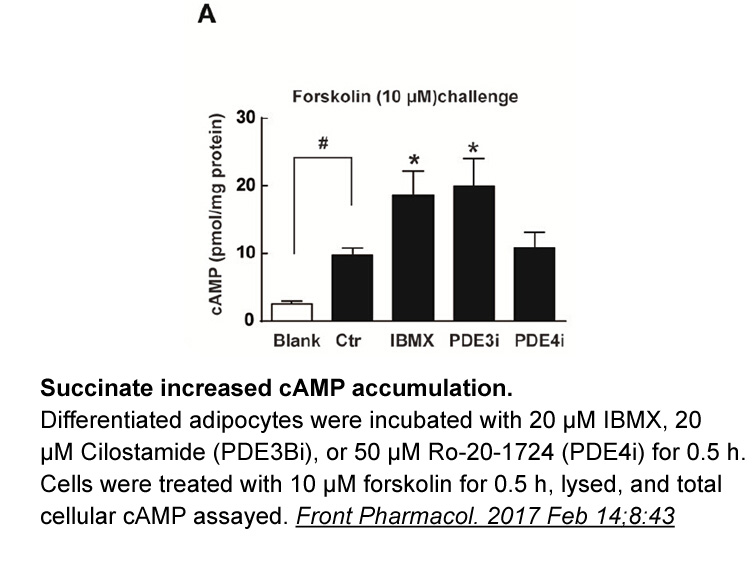
In conclusion, the present study shows that the endothelin system is of importance in the cardiopulmonary vascular pathophysiology of porcine endotoxin shock. In this model, combination of a selective endothelin ETA and a selective endothelin ETB receptor antagonist markedly improved pulmonary circu
-
br Experimental br Results and discussion First of all we
2022-01-07
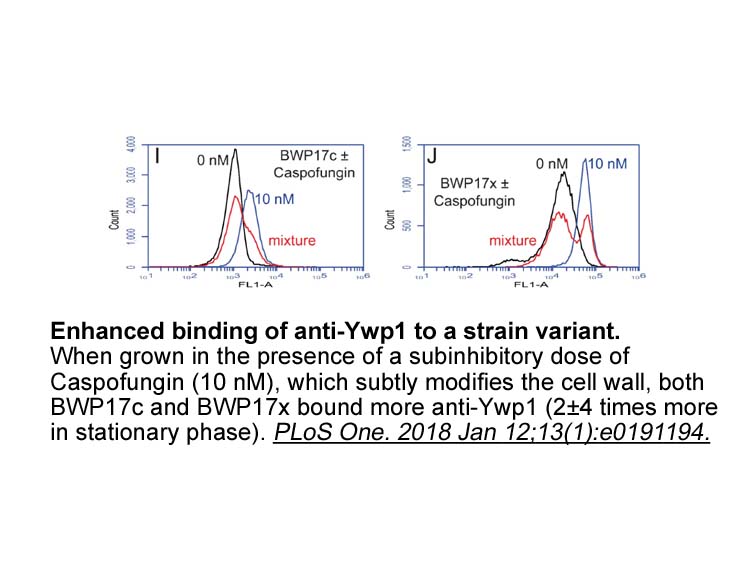
Experimental Results and discussion First of all we had to choose suitable electrolyte´s system. We utilized advantageously the composition of the background electrolyte for biogenic amines separation published in our work [13] to which we adapted the leading and terminating electrolytes. With
-
Introduction As a compound class histone
2022-01-07

Introduction As a compound class, histone deacetylase inhibitors (HDIs) have been remarkably successful in the treatment of T-cell lymphoma [1]. Vorinostat (suberanilohydroxamic Sephin1 or SAHA) was approved by the FDA in 2006 for the treatment of cutaneous T-cell lymphoma [2], [3]; romidepsin (RD)
-
RF 9 For the SAR study human haspin kinase inhibitory
2022-01-07
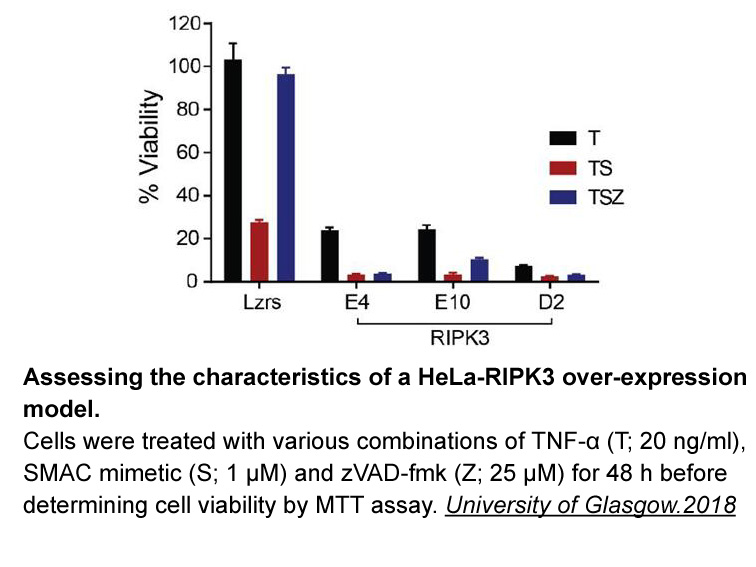
For the SAR study, human haspin kinase inhibitory activity of the various compounds was evaluated using the same assay utilized for the HTS, except in the presence of varying test compound concentrations. DYRK2 kinase inhibitory activity was measured by P-incorporation into Woodtide peptide substrat
-
Introduction Multiple sclerosis MS a
2022-01-07
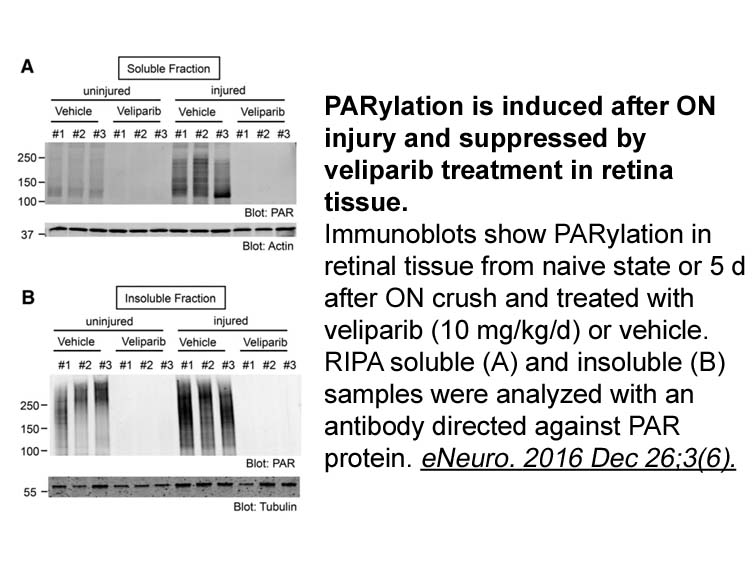
Introduction Multiple sclerosis (MS), a neurological autoimmune disease, is driven by CD4+ sodium fluoride receptor of the T helper (TH) cells [1]. There is no curative treatment for MS and the present treatments typically focus on immunomodulation for slowing the progression of the disease. Thes
-
The intracellular signaling that mediates the adipogenesis i
2022-01-06
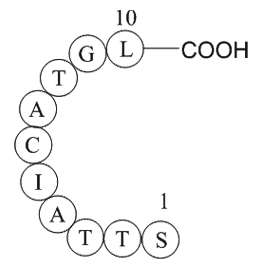
The intracellular signaling that mediates the adipogenesis induced by GPR120 still remains largely unknown. In the present study we showed that TUG-891 induced the activation of [Ca2+]i and ERK1/2 signaling in 3T3-L1 cells. Moreover, incubation of TUG-891 combined with BAPTA-AM or U0126 abolished T
-
br Specificity of CD T cells and their role
2022-01-06
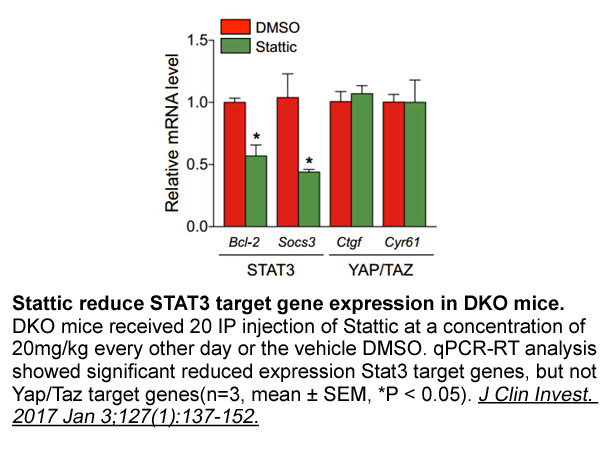
Specificity of CD4 T cells and their role in flavivirus neutralizing antibody responses CD4 T cells recognize peptides that are proteolytically processed from protein antigens and presented by MHC class II molecules on the surface of specialized antigen-presenting cells, such as dendritic cells o
14863 records 503/991 page Previous Next First page 上5页 501502503504505 下5页 Last page